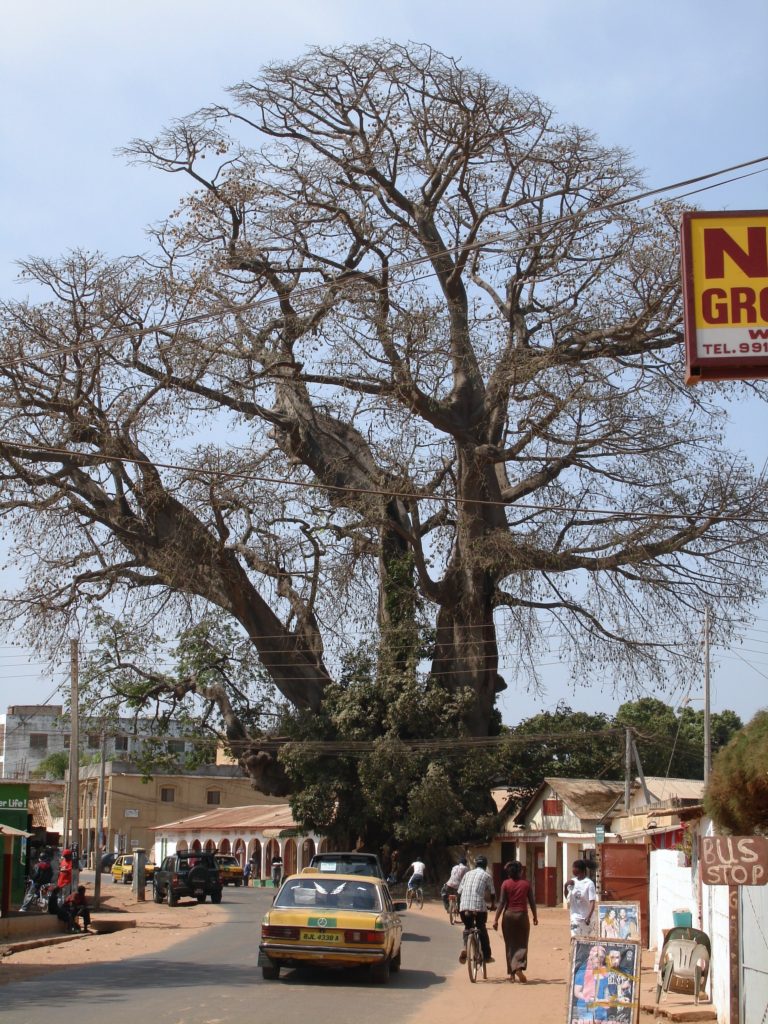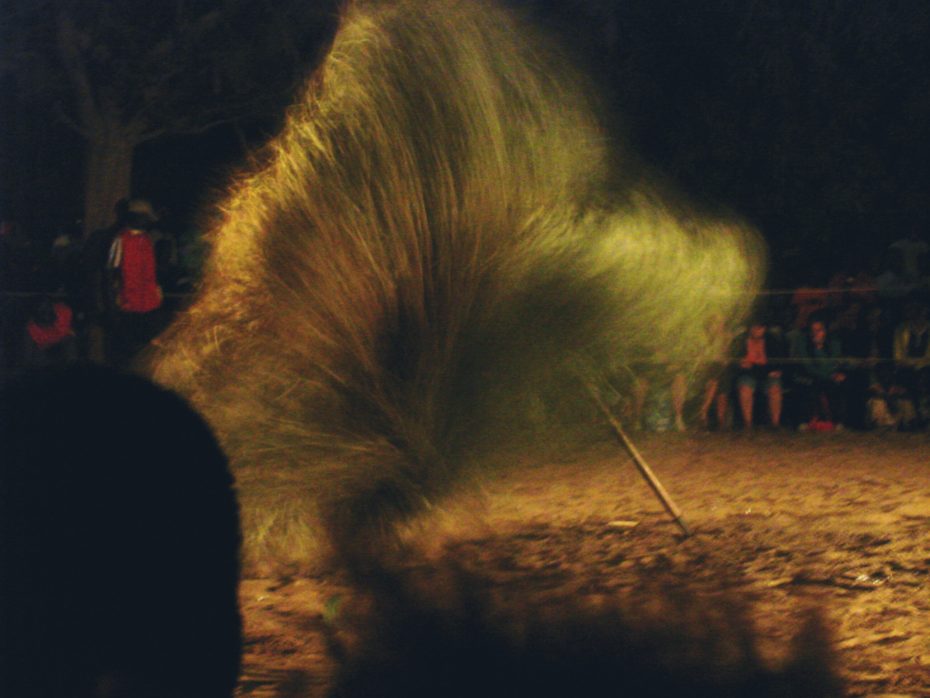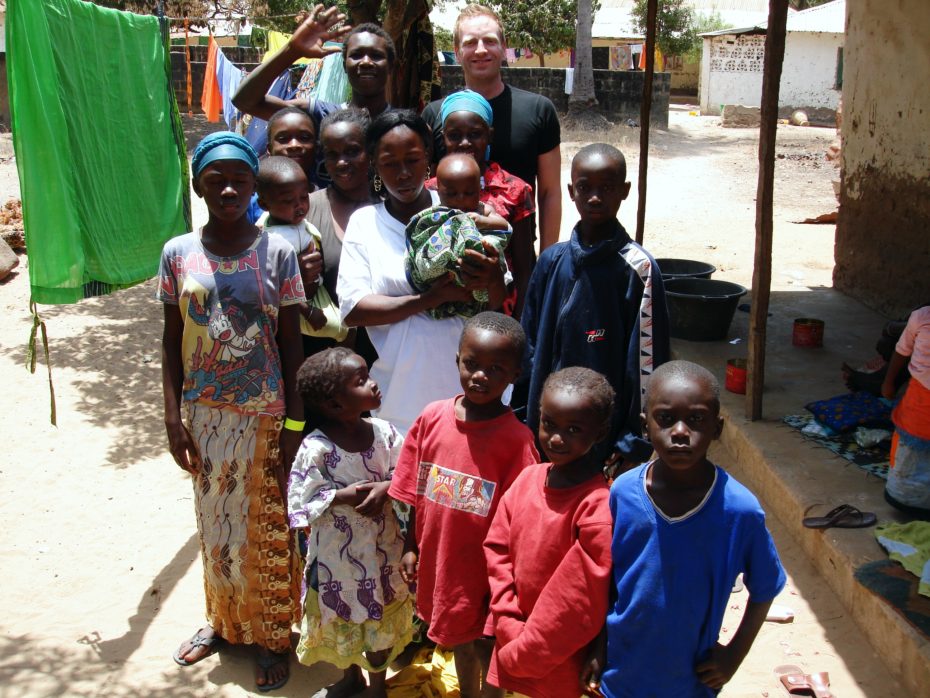I have come to learn that public transport offers an enlightening, microcosmic view of society in many countries, the first bus journey I and my friend Steve take in the Gambia being a case in point. Our weather beaten, crumpled carriage finally clanged and grumbled into life on the 5th attempt when several of the passengers had got out to help push starting; amiable locals chatted away in a melange of languages typical of the region (I have heard four languages in the space of two sentences from some people); those who spoke English were happy to engage with two toubabs (the regional term for whites), despite the fact we must be mad for not using proper air con tourist transport; several police checks and overheating stops to refill the radiator later we arrive in a shady spot, where we pile out and wait for sufficient passengers to accumulate to fill up the connecting service, an opportunity for more pleasant chatting; arriving at our lodging – a helpful passenger having ensured the bus stopped at the right place, we are shown to our hut, a young woman we initially assume to be a member of staff seats herself expectantly on the bed before we realise she had been the smiling face sitting behind us on the bus, polite English muttering ensues before we show her to the door. So, there you have the Gambia: – a bit tatty; slow going but things happen, eventually; friendly; helpful with a welcoming smile and a healthy dose of sex tourism.
Whilst some locals’ friendliness is primarily motivated by the desire to offload some shoddy jewellery most are not too difficult to shake off. The problem of the worst examples of these, “bumsters” was neatly solved a few years ago when the army rounded them all up one day from the main tourist area, left them to stew for a day in a container lorry, then dumped them 200km away in the middle of nowhere saying, “if we ever see you hassling tourists again you’ll be back here for a term of hard labour”. I believe this is what governments refer to as, “sending out a strong message”.
The initial focus of our trip was the Kartong festival in southern Gambia:- 4 days of regional music and culture. Despite the fact that an English couple were the prime motivators of the event you wouldn’t have known, this was no showcase for tourists as it came over very much as by and for the locals and it was their input which really made it special. No restrained, shuffling dancing and polite hand clapping for the Gambians. With unrestrained glee they would rush to the stage to execute short bursts of a wild, chicken on a hot plate style of dance, arms circulating with abandon, but all done in impeccable style, only to rush back to their friends with beaming smiles and joyous laughter. Our ponderous movements were but the sad flounderings of beached halibut to their majestic, peacock strutting.
The most exciting acts were based around the frenzied clattering of djembe drummers with accompanying dance troupes, who, after an hour of exultant leaping and booty shaking showed no signs of tiredness. Great clouds of dusty sand were flung into a billowing haze under the stage lighting by the dancers’ frenetic footwork and regularly provoked complimentary bouts of dancing displays by the crowd, often as equally skilled as the performers. One such onlooker performed a text book series of running spins and back flips across the performance area. On many occasions artists and punters would interact in this way.
Reggae has made a big impact on the Gambian music scene and the appearance of Jalex was eagerly anticipated as he is one of the few stars to sing in the local Mandinka language, rather than the blatant imitation of Jamaican dancehall patois favoured by others. Whereas other performers generated much too-ing and fro-ing by the crowd at the beginning and end of each song, all remained, as did we, up the front for his set of lively, good time, tropical, reggae vibes.
Rasta reggae styles were obviously in vogue for much of the nation’s youth, with dreadlocks and red/green/gold hats blending with rapper style, low slung baggy pants. Whether anyone had any appreciation of the deep felt, religious aspects of Rastafarianism is a moot point but many English youth would probably be equally surprised to learn that there is a lot more to the religion than smoking weed, listening to reggae and saying Jah Rastafari in a false Jamaican accent once in a while.
A glimpse into an ancient African ritual was seen in the Kumpo performance. This strange representation of a spirit creature is a shambling mound of long grasses with a 1.2m wooden horn projecting from its head. Little of any human semblance remains as it dances to the pounding rhythm of a drumming troupe but even this is entirely transformed during its piece de resistance: digging its horn into the ground it spins creating an unearthly, flailing mass and any sense of a human performer inside evaporates. It is easy to imagine that the terrified reaction of the nearby children would have been echoed by all in times past, when it was more of a travelling ritual than a performance. Accompanying the Kumpo were two equally bizarre, if not quite so unsettling dancing creatures: the Nyass, a kind of psychedelic yeti and the Samayo, a sackcloth humanoid waving branches. Members of the crowd would rush to the Kumpo and do a hasty manic chicken dance to urge it to perform its spinning routine. Whilst the young men did so with a certain swagger, many generally appeared wary of this mythical being.
We jumped at the chance of a cooking lesson with a local woman who taught us how to make fish domodah- a peanut sauce based dish. A trip to the market to buy the ingredients preceded a wonderful morning with her and her family as we cooked over wood fires in a mud walled hut and compound chatting about village life. Having foolishly neglected to pack a gas mask I have to admit that cooking on wood fires in an enclosed space does have its drawbacks however. Local women seem to have evolved smoke resistant eyeballs and highly efficient filters in their respiratory tracts. Unfortunately, statistics on the health impacts of such smoke demonstrate that any resistance is only an appearance thereof, combined with the effects of animal dung fuel its one of the biggest killers in the developing world. Steve had valiantly drawn the short straw and gutted the fish while I dealt with the somewhat less intractable vegetable component of the meal. Everyone in the extended family heartily ate their share and no one died of food poisoning so we declared the lesson a success.







